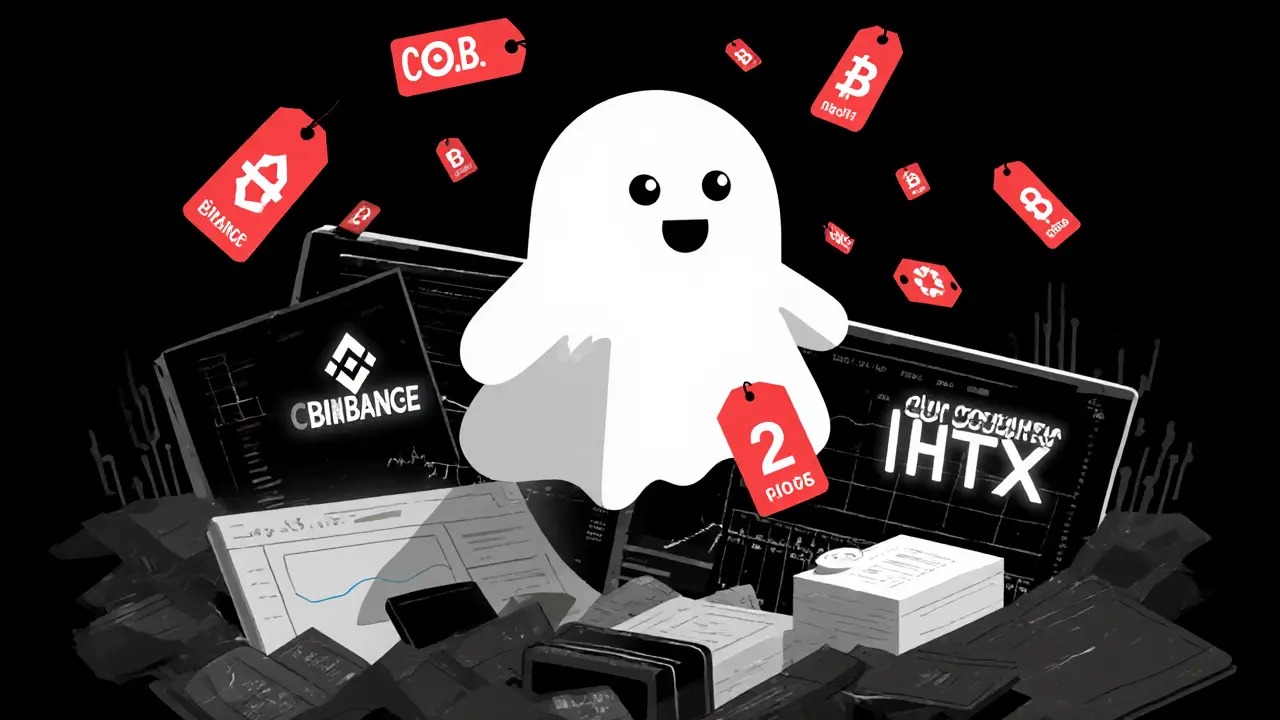GBL Crypto: What It Is, How It Works, and Where to Find Real Projects
When people search for GBL crypto, a term often used in fake crypto projects and misleading airdrops. Also known as GBL token, it GBL coin, it doesn't refer to any verified blockchain project with public code, team, or exchange listing. Instead, it's a label slapped onto scams, cloned tokens, and ghost airdrops designed to steal your wallet info or trick you into paying gas fees. You’ll see it in Facebook groups, Telegram channels, and shady websites claiming "GBL will explode 100x"—but if you look closer, there’s no whitepaper, no GitHub, no team members, and no trading volume on any real exchange.
This isn’t unique to GBL. The same pattern shows up with CDONK, a token falsely tied to CoinMarketCap to trick users into thinking it’s official, AXL INU, a zero-volume meme coin with no team behind it, or NUT MONEY, a fake exchange that doesn’t let users withdraw funds. These projects rely on one thing: urgency. They tell you to act now, join the airdrop, buy before launch, or risk missing out. But real crypto projects don’t need hype to survive—they have code, users, and trackable activity. GBL crypto? It’s a ghost.
What you’re really looking for isn’t GBL—it’s verified crypto projects. That means checking if a token has live trading on reputable exchanges, an active development team, public audits, and real utility. Look at how Dopex (DPX), a decentralized options protocol on Arbitrum with real trading volume and clear tokenomics, or JSOL, JPool’s liquid staking token for Solana that lets you earn rewards while using your assets, operate. They don’t need to promise moonshots. Their value comes from function, not hype. The posts below expose the fake GBL claims, warn you about similar scams, and show you how to spot the difference between a real project and a digital trap.
What is Global Token (GBL) crypto coin? The truth behind the ghost token
Global Token (GBL) is listed on major exchanges but has zero circulating supply and no real users. Experts warn it's a ghost token with no utility, team, or code - likely a scam or listing error.
learn more